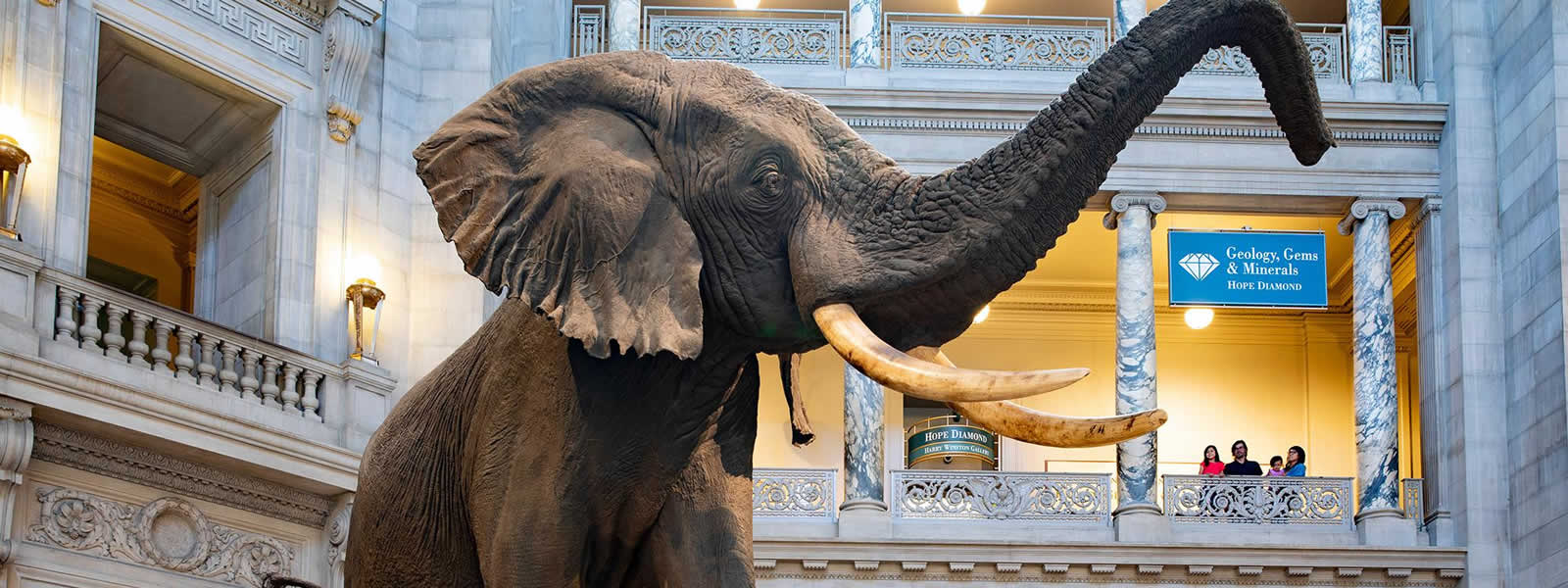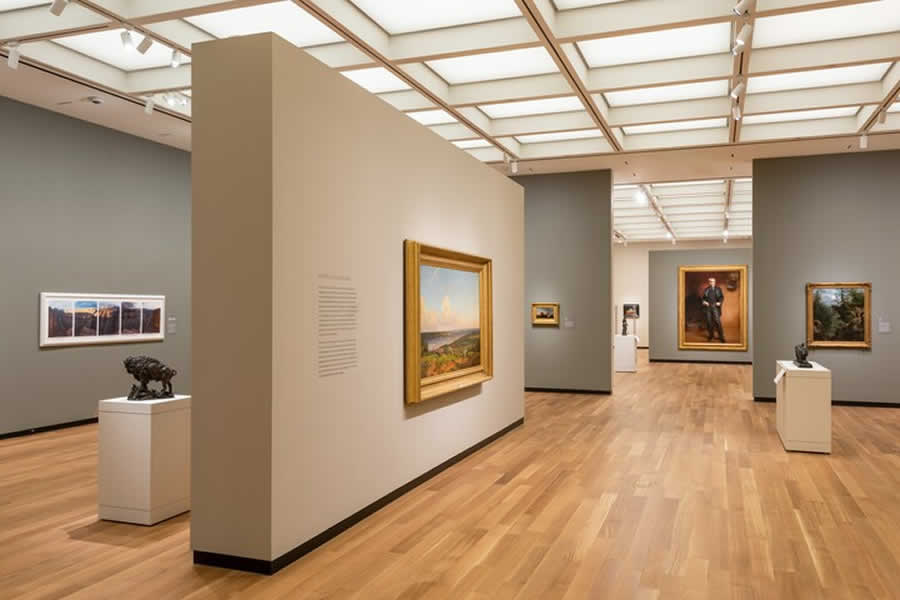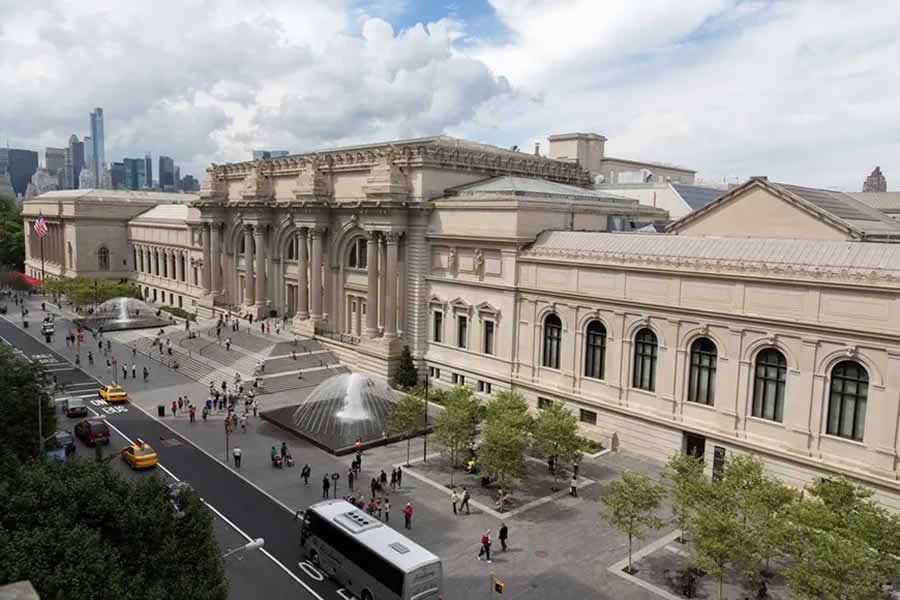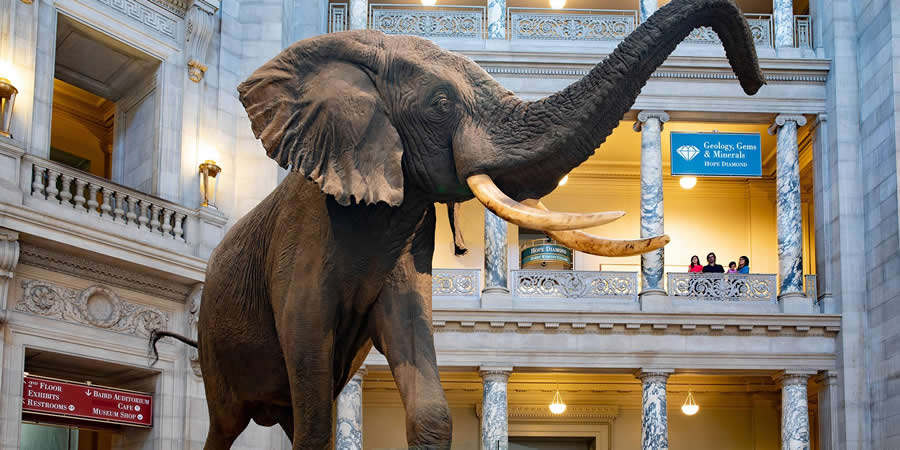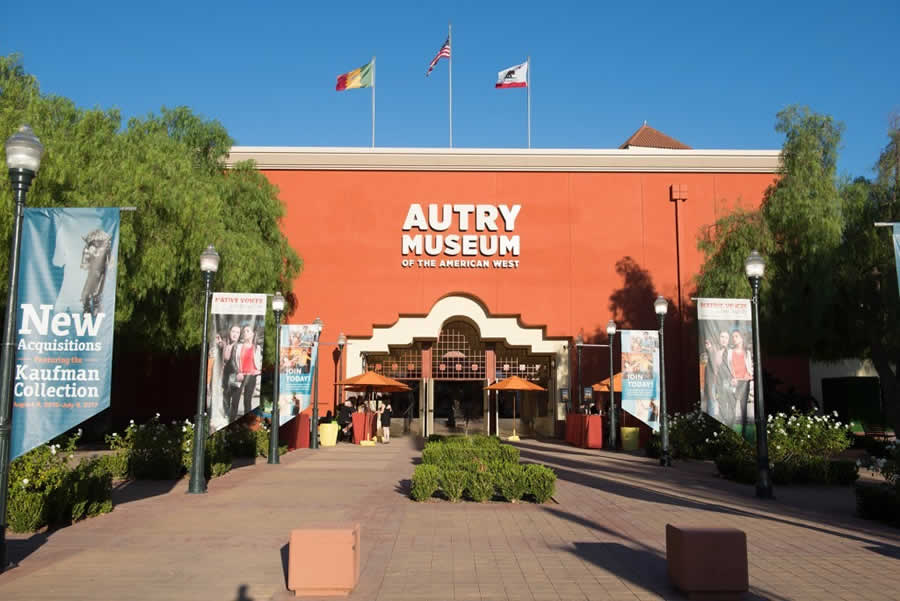HERITAGE AUCTIONS EXPERTS TELL US WHAT MAKES THESE ATTRACTIONS SPECIAL FOR COLLECTORS
By Pamela Wiggins Siegel
Where would museums be without collectors?
“Collectors are critical to museums in many ways,” says Beth Carver Wees, Curator Emerita, American Wing, for the Metropolitan Museum of Art in New York. “The simplest answer is that they are often generous donors, both of objects and funding. Those collectors who are knowledgeable are also terrific colleagues and allies in helping to build a museum’s collection. It is such a pleasure to be able to discuss artworks with a dedicated collector; we are in the same ‘business,’ so to speak, both passionate and dedicated to learning and sharing.”

Collectors are the lifeblood of museums, adds Dr. Emily Stoehrer, who serves as the Rita J. Kaplan and Susan B. Kaplan Curator of Jewelry for the Museum of Fine Arts, Boston. “Since the founding of institutions, like the Museum of Fine Arts, Boston [MFA], donors have played a key role in shaping museum collections. Curators are continually assessing a museum’s holding and creating strategies for building and refining collections but opportunities for purchases far outnumber donations.
“Today, many collectors have close ties to institutions and to curators,” says Stoehrer. “At the MFA, our Curator Circle programs allow for supporters to develop long-term relationships with curatorial departments and museum staff. Through lectures, visits, and travel opportunities, supporters learn the wants and needs of a collection. Sometimes donors are able to fill these gaps with gifts from their own collection, and other times individuals come forward to support purchases that might be slightly outside their personal collecting area.”

Wees agrees that supporting museums doesn’t begin and end with donating objects from a personal collection. “It is especially heartening when a curator and a collector can work together to identify and acquire objects that help to grow a museum’s collection,” Wees says. “Watching the market and pursuing acquisitions together makes for a mutually beneficial and mutually enjoyable relationship. Museums don’t always have deep pockets for acquisition funding, so having collector ‘angels’ is an amazing gift.”
Collectors often work with experts in their fields of interest, like the specialists at Heritage Auctions, to help museums acquire particularly desirable objects when they come on the market. In that vein, as museums begin opening their doors to visitors, we asked a number of Heritage experts about their favorite museums and what makes them special for collectors. Here’s what they had to say:
STATE HERMITAGE MUSEUM
St. Petersburg, Russia | HermitageMuseum.org
The Hermitage in St. Petersburg easily outshines some other incredible experiences like the Prado and Louvre for me. The offerings are immense at all three museums, but at the Hermitage, I am attracted to the never-ending rooms and halls that are as much art as the objects they house. The artistry and complexity of watch movements is captivating. The Peacock Clock is the best of two worlds that I enjoy: art and the mechanics of timepieces. The architecture, design and objects coalesce in such a way that it differentiates itself from other museum experiences.
Dustin Johnston
Vice President, U.S. Currency and World Paper Money
ROCK & ROLL HALL OF FAME
Cleveland | RockHall.com
My favorite museum is the Rock & Roll Hall of Fame. To have one museum dedicated entirely to the history of music and rock ’n’ roll makes it a shrine of sorts, a mecca on the ‘must-visit’ list for any serious fan, student or collector of post-mid-century contemporary music. I loved all of the memorabilia that was on display, including things like the Beatles’ Sgt. Pepper uniforms, the chilling piece of Otis Redding’s airplane which displayed his name (and which he subsequently died in), and all the original concert posters. I also love it when they focus on one specific heritage artist, work with the family and present a comprehensive career overview filled with information and artifacts. And, hey, we can’t forget this museum from 100 yards away. The glass-pyramid design by famed architect I.M. Pei is a stunner. A selfie with this building in the background is essential.
Pete Howard
Director, Concert Posters
SUZHOU MUSEUM
Suzhou, Jiangsu Province, China | SZMuseum.com
Suzhou Museum is a favorite of mine. The museum was designed by the architect I.M. Pei, who also designed the Louvre pyramid. It is a blend of traditional Chinese design, local Suzhou elements and modern design. The structure incorporates the city’s 2,500-year history into the museum itself. Mo Xi Tang, a study hall inspired by a Song Dynasty painting, was built in traditional ways recorded in Song Dynasty books. It vividly shows what the study room of a literati from 1,000 years ago looked like. It is like a time machine. The collections and the museum together take you through history. Even the wisteria planted 600 years ago by famous Ming Dynasty literati Wen Zhengming is still in the courtyard of the museum.
Clementine Chen
Consignment Director, Asian Art
AMON CARTER MUSEUM OF AMERICAN ART
Fort Worth | CarterMuseum.org
My favorite is the Amon Carter Museum of American Art. It is a fabulous mid-century building with the best view of downtown Fort Worth in the city. It has an incredible permanent collection that has some of the best Western art in the world, especially works by Remington and Russell. The director and curators are very engaged in the community and even have a program highlighting local artists in the atriums. The best parts of the museum for me are the front galleries. These have been opened up in a recent remodel but retain the intimacy of the original architectural design. They always contain some of the museum’s most iconic pieces. There are important American paintings and sculptures that really should not be missed, but some collectors do not know that they also have one of the best photography collections in the world. In 1979, they commissioned the famous portrait series, Richard Avedon: In the American West, which has been loaned to museums all over the world. It is also the last completely free museum in Fort Worth. Amon Carter Jr. was very specific in the charter, so they can never charge the public anything, even for special exhibitions.
Atlee Phillips
Director, Texas Art
METROPOLITAN MUSEUM OF ART
New York City | MetMuseum.org
The Metropolitan Museum of Art’s collection is encyclopedic and has something for everyone. The Met is also just a gorgeous space to relax in and enjoy art. My favorite part of the museum is walking around the period rooms and imaging what it would have been like to visit that time and place in history – Marie Antionette’s France, George Washington’s early America, and much more. You can literally step back in time for a few moments! Collectors of many different areas would love the Met and enjoy visiting. If you are a coin collector, the museum has a wonderful collection of ancient coins on loan from the American Numismatic Society that are on display in the Greek and Roman galleries, alongside art and artifacts of the period. For those interested in historical objects, Asian art or paintings, you will not be disappointed!
Sarah Miller
Deputy Managing Director, New York
SMITHSONIAN NATIONAL MUSEUM OF AMERICAN HISTORY
Washington, D.C. | AmericanHistory.si.edu
My favorite is the Smithsonian National Museum of American History. Even though I work in Dallas, I still have a place on Capitol Hill five blocks from the Capitol Building and only a 25-minute walk to the museum. It is my favorite because it provides a wide variety of Americana, including political Americana. The best part is the presidential section, which has the desk Jefferson used to draft the Declaration of Independence, and also one of Lincoln’s top hats. Anyone who has an interest in learning about our country, and its inception, should visit. They would leave with a better appreciation for what our forefathers and patriots sacrificed so we can live in this great country.
Curtis Lindner
Director, Americana & Political
MUSEUM OF NATURAL HISTORY & SCIENCE
Cincinnati | CincyMuseum.org/sciencemuseum
The Cincinnati Museum of Natural History & Science definitely shaped me into the person I am today. I must say that it is still may favorite museum because of what it ultimately meant to me and the treasured memories I made there. I was very close to my maternal grandfather who noted my love of – and interest in – natural history at an early age. He would take me to the museum. I still fondly recall many of the exhibits, including an Allosaurus as the major dinosaur feature in the main lobby. My grandfather gave me a book and a rock from the museum gift shop when I was 9 and inscribed it to me. Numerous years later, I ran into the author and got him to countersign the book back to me, “With Appreciation to Grandpa,” making it one of my most prized possessions! A year after I started working for Heritage, the adventure came full circle when I gave a lecture called “A Boy, a Book and a Rock” about how the experience on my 9th birthday put me on a – albeit circuitous – journey that integrated my passion with my profession.
Craig Kissick
Director, Nature & Science
AUTRY MUSEUM OF THE AMERICAN WEST
Los Angeles | TheAutry.org
My favorite is the Autry Museum of the American West. It houses many important artifacts and collections that appeal to my interest and passion in the historical firearms field. It also has an incredible Colt collection that many say is one of the best. I have had the good fortune of handling some of them before they made their way to the Autry. The weather, its location in Griffith Park, and the exhibition The Colt Revolver in the American West are my favorite aspects of visiting the Autry. Whether or not you are a seasoned collector, the representation of art in general at the Autry is exceptional and hard to beat. Autry Online is also a great way to visit the museum virtually as things get back to normal or for those who live too far away.
David Carde
Consignment Director, Arms & Armor
SAINT LOUIS ART MUSEUM
St. Louis | SLAM.org
I have the greatest fondness for my hometown Saint Louis Art Museum (SLAM) in Missouri. I grew up not only visiting the museum regularly but taking painting classes there when I was in high school. The collection is an outstanding and shining example of the tradition of donation and support found in many Midwestern metropolitan museums. It is always free to all – not only the museum but the urban oasis surrounding it, which is the incomparable Forest Park, the site of the 1904 World’s Fair. Of particular note in SLAM’s collection are great examples by two of my favorite painters, Philip Guston and Max Beckmann. Both taught at my alma mater, Washington University in St. Louis, which is a short walk from the museum. They also have my single favorite painting ever: Gerhard Richter’s “Betty” (1988), which I’ve stared at for more hours than I can count!
Todd Hignite
Vice President, Illustration Art
SMITHSONIAN NATIONAL MUSEUM OF NATURAL HISTORY
Washington, D.C. | NaturalHistory.si.edu
My favorite is the Smithsonian National Museum of Natural History. I am especially drawn to their extensive jewelry collection, in particular, the Hope diamond. I have been fortunate enough to participate in a private behind-the-scenes tour of their gem and mineral vault. It was magical. The scope of what the museum has to offer is breathtaking. It is easy to get lost wandering through the various exhibits. It warrants more than a single day to really take it all in.
Jill Burgum
Senior Director, Fine Jewelry, Dallas
NELSON-ATKINS MUSEUM OF ART
Kansas City | Nelson-Atkins.org
My favorite is the Nelson-Atkins Museum of Art in Missouri. They have world-class material from every North American culture. I’m particularly drawn to the relatively new wing, which is dedicated to American Indian art. Collectors would enjoy visiting this museum where they can see masterpieces and learn from the best.
Delia Sullivan
Senior Specialist, Consignment Director, Ethnographic Art
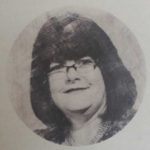 PAMELA WIGGINS SIEGEL is the author of Collecting with Kids: How to Inspire, Intrigue and Guide the Young Collector, a book based on her columns in The Intelligent Collector.
PAMELA WIGGINS SIEGEL is the author of Collecting with Kids: How to Inspire, Intrigue and Guide the Young Collector, a book based on her columns in The Intelligent Collector.
This article appears in the August 2021 edition of The Intelligent Collector magazine. Subscribe to the digital magazine here.

